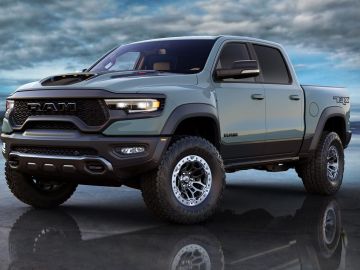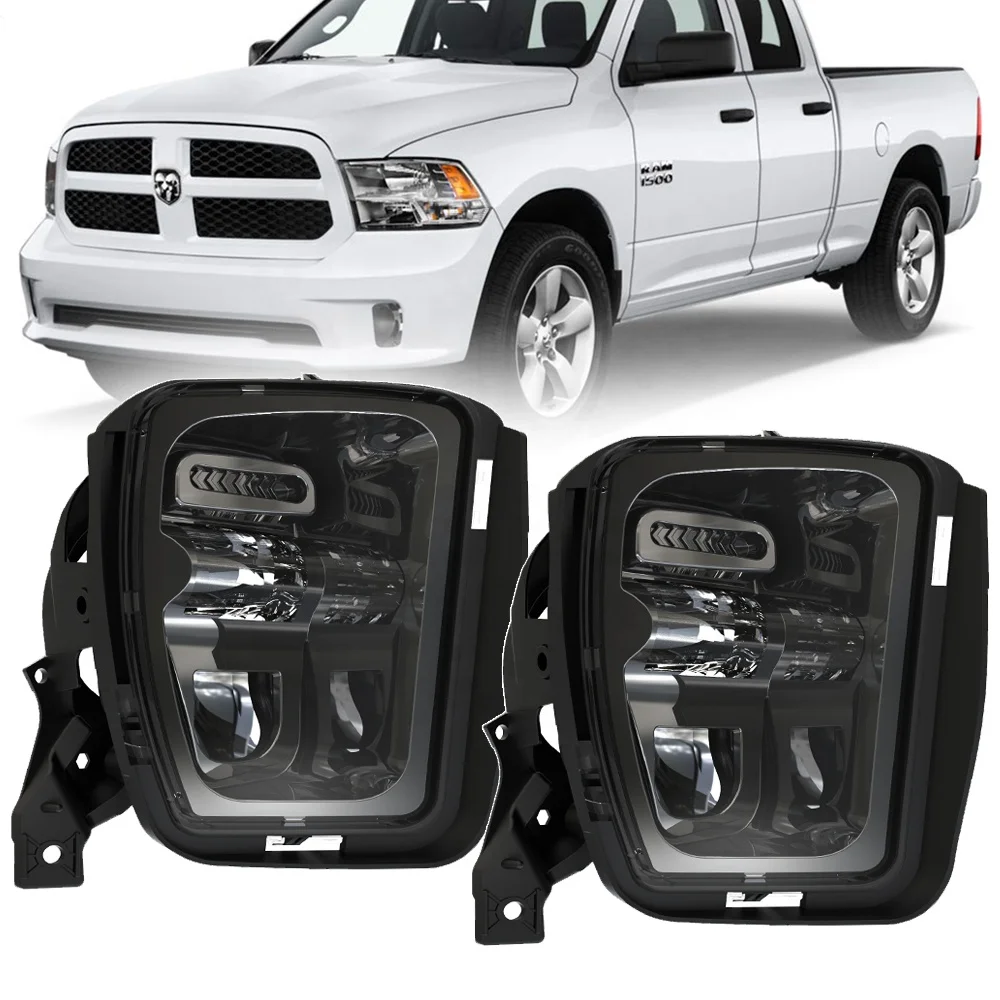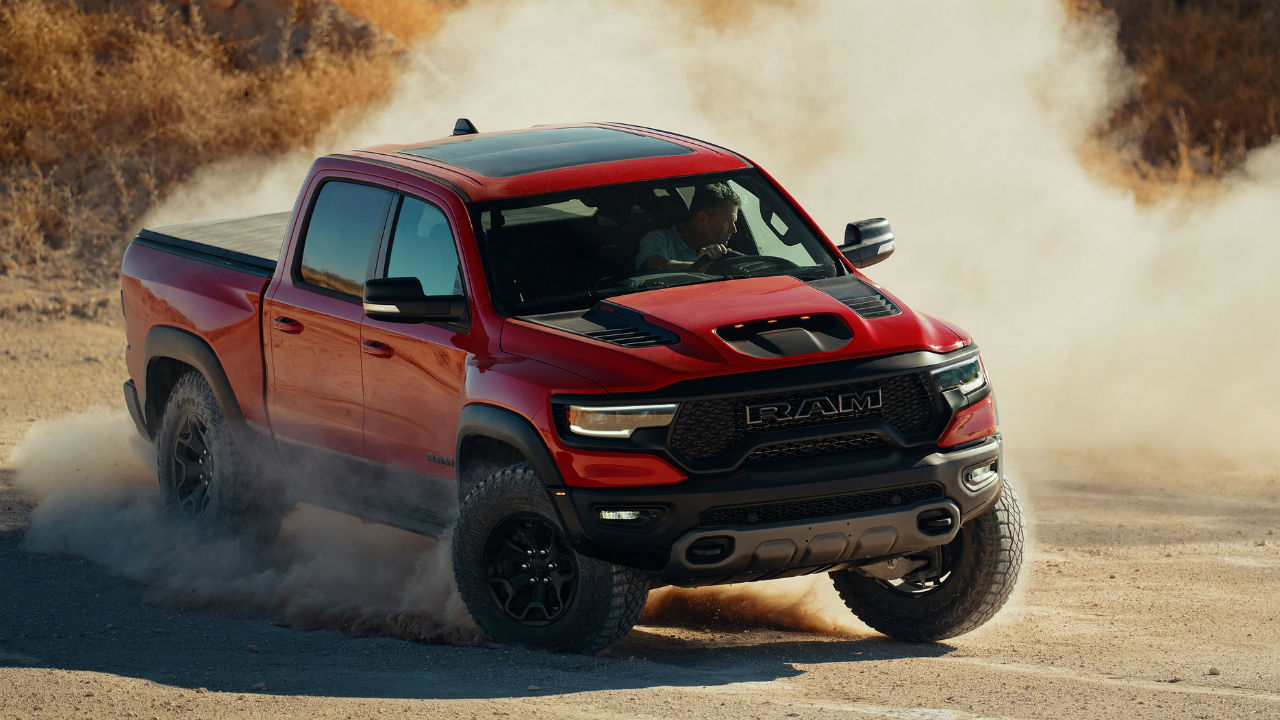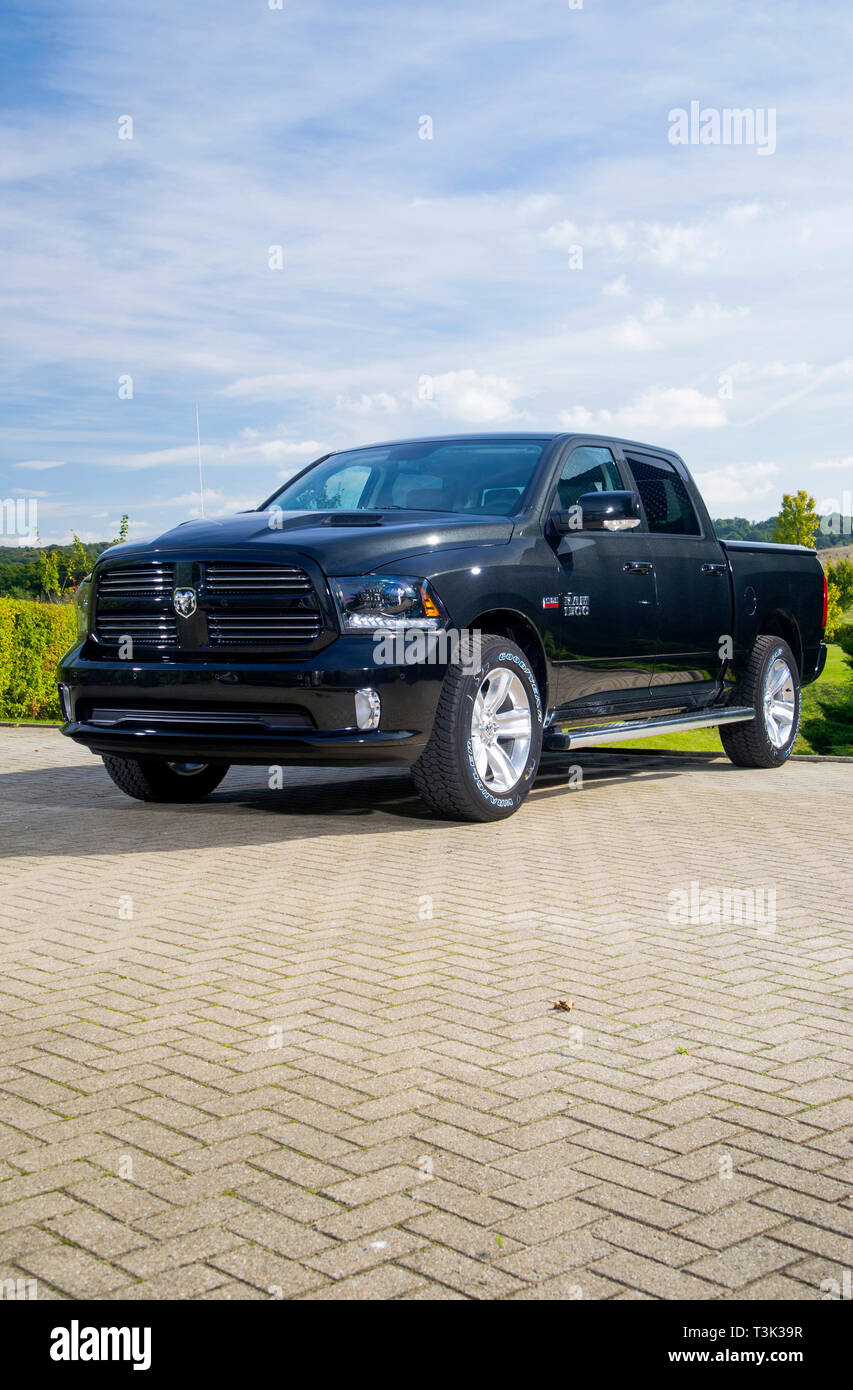
Luz LED antiniebla de parachoques negra con DRL para Dodge Ram 1500 2002 2008 para camioneta Dodge Ram 2500/3500 2003 2009| | - AliExpress

Por qué los mejores modelos usados de la Dodge Ram 1500 son de los años 2017, 2019 y 2020 - Siempre Auto

Dodge RAM 1500 SLT Warlock LPG 2022 CrewCab 4x4, Furgoneta Camionetas nuevo en 97483 Eltmann a la venta en TruckScout24

Luz LED antiniebla para camioneta Dodge Ram 1500, 2002 2008, 2500/3500, 2003, 2004, 2005, 2006, 2007, 2008, 2009, nueva versión, 1 Juego| | - AliExpress

De Reemplazo De Oem Para Dodge Ram 1500 Camioneta Accesorios Led Luz De Niebla Para 2013-2017 Dodge - Buy Accesorios Para Camiones,Para Dodge Ram 1500,Luz Antiniebla Led Para Dodge Product on Alibaba.com

Dodge Ram 1500 2016 camioneta pickup de lujo de 50 páginas folleto de ventas para concesionario | eBay

2015 ram 1500 ram camiones dodge camioneta pickup chrysler, dodge, camión, recoger, coche png | PNGWing

Dodge RAM 1500 SLT Warlock 2022 CrewCab / LPG 4x4, Furgoneta Camionetas nuevo en 97483 Eltmann a la venta en TruckScout24

Dodge Ram1500, 2018, 外観, 赤SUV, フロントビュー, チューニング, アメリカ車, ラピックアップトラック, ダッジ | Dodge trucks for sale, Dodge ram, Dodge trucks














